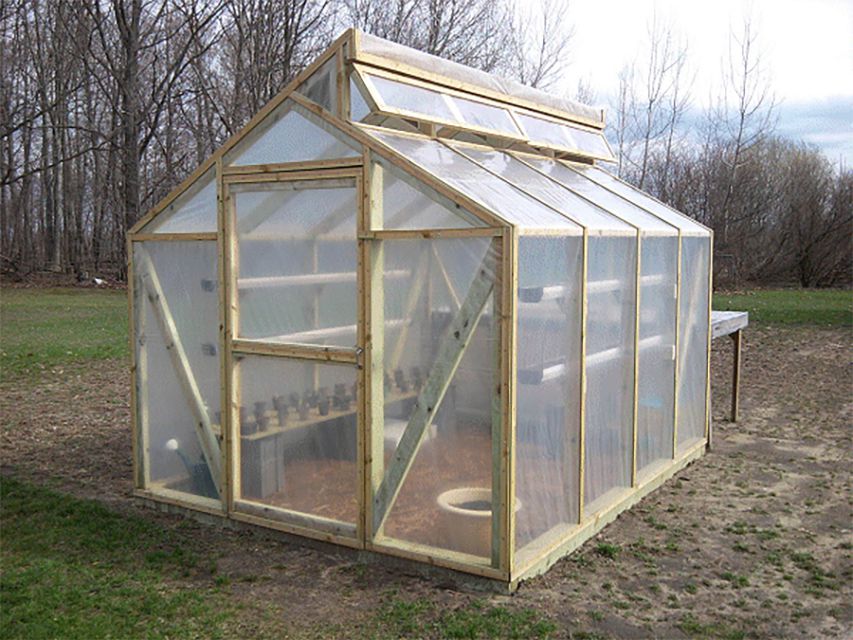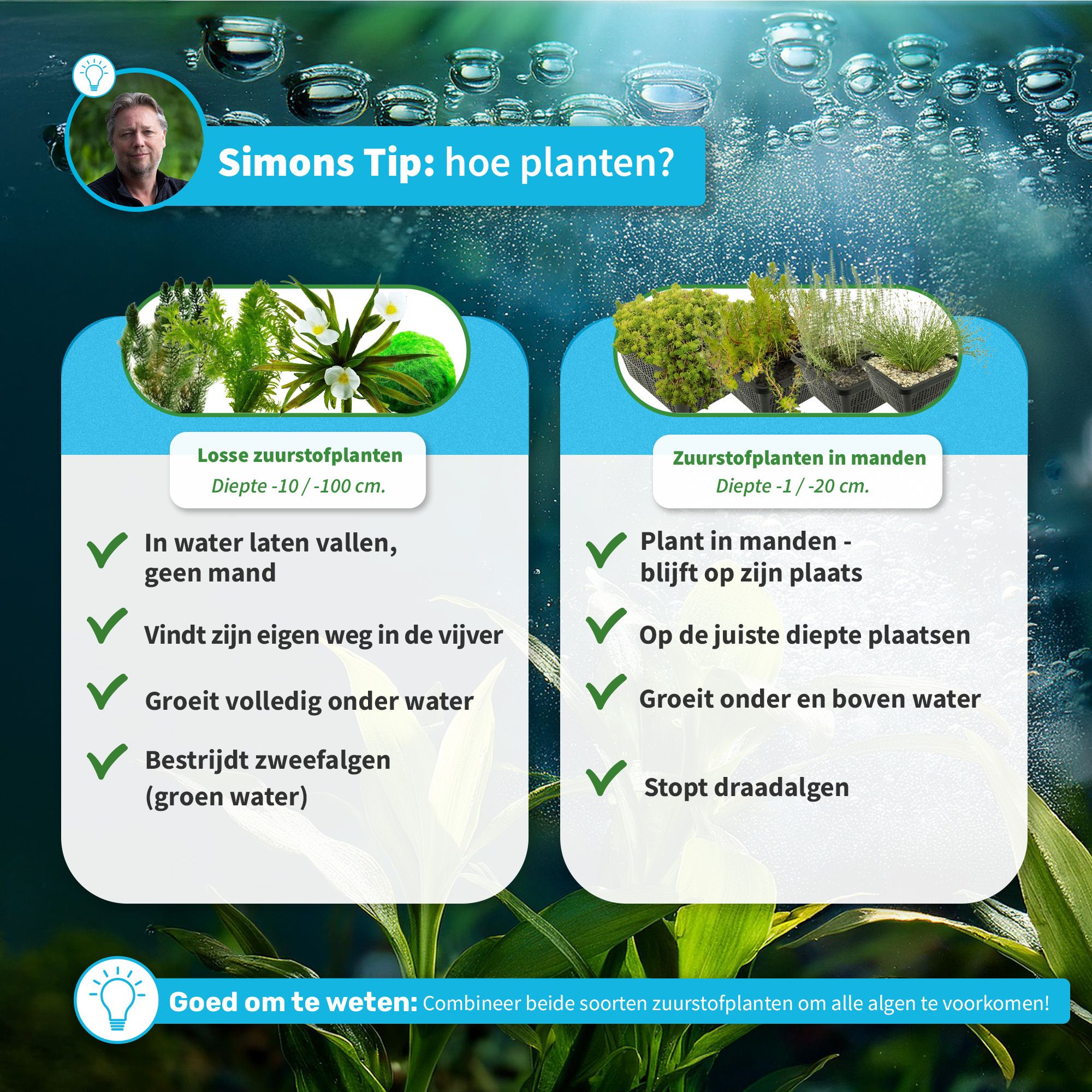Effective DIY Termite Treatment: Step-by-Step Solutions for Homeowners
Introduction: The Challenge of DIY Termite Control
Termites can cause significant damage to homes, often without warning. If you suspect an infestation, acting quickly is crucial to prevent costly structural harm. While professional pest control offers deep expertise and warranty-backed results, many homeowners seek effective do-it-yourself (DIY) solutions to treat termite problems affordably. This guide delivers actionable, step-by-step instructions for identifying termites, applying home remedies, and performing soil treatments, all informed by verified expert sources and practical case studies.
Understanding Termite Behavior and Risks
Termites thrive in moist environments and feed on cellulose found in wood and other building materials. Subterranean termites are the most common threat to homes; they often enter through foundations, cracks, and hidden pathways. Signs of infestation include mud tubes, hollow-sounding wood, discarded wings, and visible damage. Recognizing these indicators early is essential for successful DIY treatment.
Assessing the Infestation: Inspection and Identification
Begin by thoroughly inspecting affected areas. Focus on:
- Basements, crawl spaces, and foundations
- Wooden beams, floors, and walls
- Outdoor structures near soil (fences, sheds, decks)
Look for mud tubes, wood that sounds hollow when tapped, and visible swarms. Document all findings, as this will help determine the scope and best approach for treatment.
Choosing the Right DIY Treatment: Remedies and Products
DIY termite control involves two main approaches: natural home remedies and chemical treatments. Each has benefits and limitations, which are explored below.
Natural Home Remedies for Termite Control
Several safe, accessible home remedies can help manage minor infestations or supplement chemical treatments. These methods are most effective for localized problems and provide eco-friendly alternatives:
-
Neem Oil:
Inject neem oil directly into infested wood. Its bitter smell repels and kills termites without harmful chemicals. Repeat every few days for best results. Ideal for furniture and small wooden items.
Case Study:
Homeowners report success when neem oil is applied consistently over several weeks, with a reduction in visible termite activity [1] . -
Clove Oil Spray:
Mix three drops of clove oil with half a cup of water. Spray onto affected areas. Clove oil is a natural insecticide that kills termites on contact. Reapply as needed.
Example:
Used for small infestations in cupboards and door frames, clove oil showed observable decline in termite presence [1] . -
Orange Oil:
Contains d-limonene, a compound lethal to termites. Spray diluted orange oil solution directly onto termites and nests. Effective for spot treatments and localized damage.
Application:
Homeowners achieved visible control of drywood termites with regular orange oil application [1] . - Boric Acid: Apply boric acid powder or solution to infested wood. While effective as a wood preservative, boric acid may require soaking the entire structure for lasting results. Caution: Boric acid is toxic to pets and children and should not be used for soil treatment, as it can kill grass and plants [3] .
- Heat and Cold Treatments: Exposing termites to extreme temperatures can kill colonies. Use space heaters or freeze infested items (such as furniture) for several hours. This method is practical for small, movable objects but not for large structural infestations [1] .
Natural remedies offer low-cost, low-risk options for managing minor infestations, but may not suffice for widespread or subterranean termite problems.
Chemical Soil Treatments for Subterranean Termites
For larger or recurring infestations, especially involving subterranean termites, chemical soil treatments are recommended. These methods are widely used by professionals but can be performed safely by informed homeowners. Two leading products are:
- Termidor SC and Taurus SC : These non-repellent termiticides contain fipronil as the active ingredient. When applied as a soil barrier around the foundation, termites unknowingly contact the chemical and spread it throughout their colony, leading to colony elimination. Soil treatment typically lasts for many years and is considered the gold standard for DIY termite control [3] , [4] .
Step-by-Step Soil Treatment:
- Purchase a registered termiticide such as Termidor SC or Taurus SC from a reputable supplier.
- Dig a trench approximately 6 inches wide and 6 inches deep around your home’s foundation.
- Mix the termiticide with water according to manufacturer instructions.
- Pour the solution into the trench, ensuring even coverage.
- Refill the trench with soil after application.
Example:
Homeowners have successfully implemented soil treatments, noting that while the process requires effort (trenching, mixing), results are long-lasting and comparable to professional services
[4]
,
[2]
.
Comparing DIY and Professional Termite Treatment
While DIY termite treatment can be effective for minor infestations and as a preventive measure, professional pest control offers several advantages:
- Comprehensive inspection and identification of termite species
- Access to specialized equipment and advanced products
- Warranty-backed services for peace of mind
DIY solutions may not address hidden or deeply established colonies. If you find extensive damage, recurring infestations, or are unsure about application safety, consult local pest control professionals for quotes and recommendations. Many companies provide free inspections and competitive pricing.
Challenges, Safety Precautions, and Alternative Approaches
DIY termite treatment presents several challenges. Misdiagnosis, incomplete coverage, and improper application can allow termites to persist. Always follow these precautions:
- Read and follow all product labels and safety instructions carefully.
- Wear protective gear (gloves, mask) when handling chemicals.
- Keep children and pets away from treated areas.
- Do not use boric acid for soil treatment, as it can harm your lawn [3] .
Alternatives include bait stations, physical barriers, and ongoing monitoring. Some retailers, such as Bunnings, offer consumer-grade termite baits and sprays, but outcomes may vary. Engaging with experienced community members online can provide practical advice and product recommendations [5] .
Maintaining Long-Term Protection
After treatment, implement preventive measures to reduce the risk of future termite issues:
- Keep soil, mulch, and wood debris away from the foundation.
- Repair leaks and moisture problems promptly.
- Seal cracks and entry points in walls and foundations.
- Conduct annual inspections for early detection.
Consistent maintenance and vigilance are key to safeguarding your home against termites over time.

Source: gopests.com
Accessing Products and Expert Guidance
DIY termite products are available from reputable home improvement stores and pest control suppliers. When selecting chemicals, verify product registration and safety standards. If uncertain, ask for recommendations from store staff, online communities, or search for established pest control forums.
If you prefer professional assistance, search for licensed pest control companies in your region, request multiple quotes, and inquire about warranties. Agencies such as your local Department of Agriculture or Cooperative Extension Service may offer guidance and resources for homeowners.
Conclusion: Take Action and Protect Your Home
DIY termite treatment offers practical solutions for proactive homeowners. By combining natural remedies, chemical soil treatments, and preventive strategies, you can manage minor infestations and reduce the likelihood of termite damage. For severe problems, consult professionals for comprehensive service and lasting protection.

Source: treattermites.com
References
- [1] Hicare (2025). 10 Best Home Remedies to Get Rid of Termites from Home.
- [2] YouTube (2024). How I Get Rid of Termites for $38.
- [3] Bogleheads.org (2017). DIY termite control discussion.
- [4] YouTube (2022). DIY Home Termite Treatment – Long Lasting.
- [5] Bunnings Workshop (2024). How to eradicate termites DIY?
MORE FROM hotondeals.com













